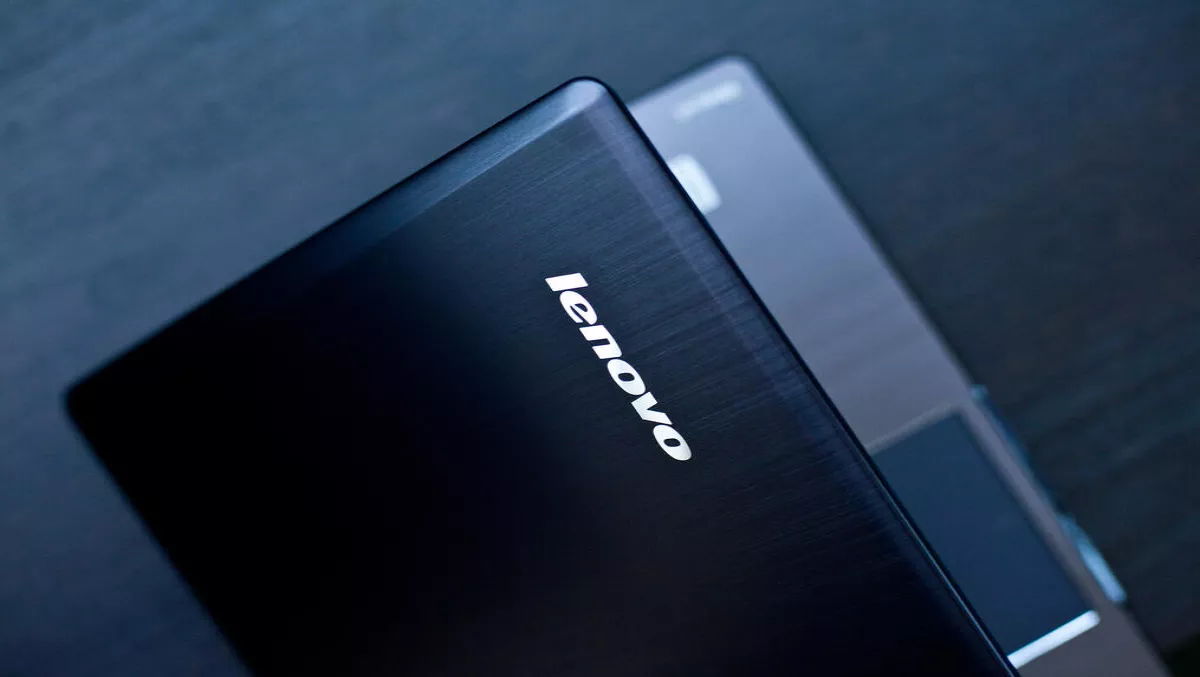
Lenovo asks... What is driving storage evolution?
IT storage has evolved significantly over the years, driven by a number of factors such as changes in human behaviour, masses of data generated by social media and an increasing number of mobile devices, as well as breakthroughs in storage technology.
As such, the demand for storage has grown at an unprecedented pace.
Storage has become much more sophisticated with advanced storage now woven into storage systems.
Not only has storage become smarter, the way businesses approach storage has undergone massive changes.
Companies don’t just want to buy a piece of hardware for storage; they are looking for functionality, automation and reliability.
Enterprise customers are now very comfortable with putting non-critical data onto cloud storage platforms as a way to conveniently access that information as well as to cut storage costs.
As for SMBs and mid-tier customers, they are now seeking the most flexible solution possible such as low-cost SAN or NAS which can expand capacity easily.
NAS devices have a number of advantages over alternative storage methods. For example, users can directly access the storage device without accessing a specific network or application server, which can enhance overall network performance while improving storage accessibility.
For SMBs which are keen to do cloud storage, Lenovo EMC NAS offerings have a personal cloud feature built-in to let businesses create their own internet- connected miniature cloud network of storage devices, personal computers and handheld mobile devices.
This allows the devices to connect, share, copy and protect files within the network. This feature gives businesses control over the accessibility of the content and manages file sharing between workers more efficiently.
Having said that, there are many businesses that still use more basic storage technologies like direct-attached storage (DAS). This form of storage is still particularly prevalent in the video surveillance space.
DAS is still popular because it is widely accepted as a more cost-effective storage solution; however, NAS can certainly hold its own when it comes to video surveillance and backup systems.
NAS is a more self- contained appliance with its own operating system, storage and management interface, while DAS must connect to a server through a host bus adapter.
By Chester Chiew, Lenovo storage business manager, Australia and New Zealand
This article was originally published in the March 2014 issue of IT Brief Magazine.

